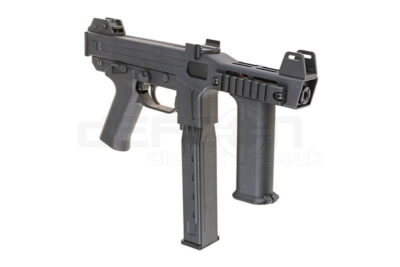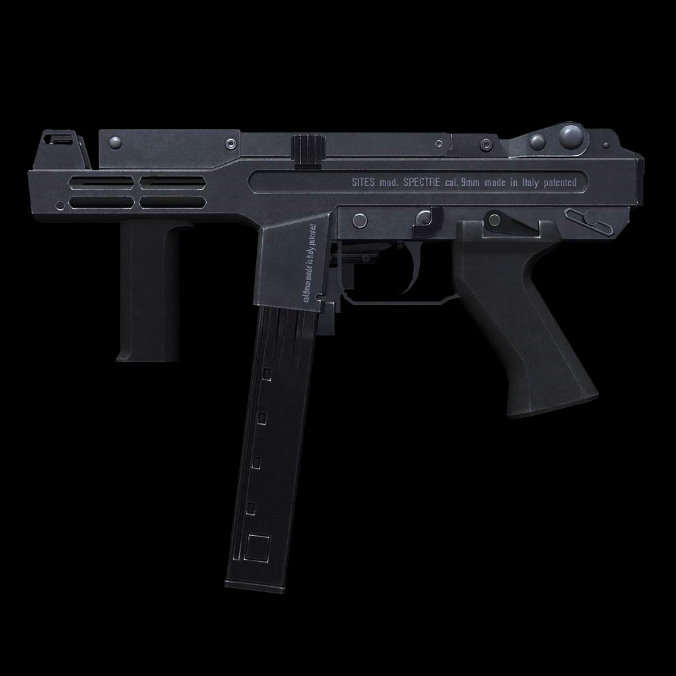
It was first released commercially in 1935 ( eponymously named the M/Koskinen drum) and entered into Finnish service in January, 1936. It had a removable front-plate that was quicker to reassemble and was cocked by rotating the mainspring for up to four detents, allowing the drum to be partially reloaded. Koskinen, that was an improvement of the 40-round drum. The larger drum was a design by the weapon's less-well-known co-designer, Lieutenant Y. The "coffin" magazine was withdrawn from service in 1943 in favor of the 71-round drum. It would also fail to fire or feed unless it was properly seated in the magazine well. However, it was complicated and prone to jamming or failure if it was damaged, reassembled incorrectly, or the springs gave out. The "coffin" magazine carried more ammunition than the box magazine and was lighter than the 40-round drum. They were later replaced during the Continuation War with the Swedish-designed 50-round "coffin" magazine and improved 71-round drum. Aimo Lahti experimented with a 60-round Thompson-type spring-loaded clockwork drum to replace it, but it was never adopted. However, it naturally let in dirt and debris that led to jams. The drum also had an open "shot count window" in the bottom of the drum the numbers 1 to 40 were stamped on the feed plate and lined up with the window to indicate the shots remaining. The drum was found to be hard to reload in action because the backplate had to be taken off and the bullets loaded inside tip-downwards.

Up to 5 additional rounds could be loaded into it, but it was found that this damaged or over-compressed the springs and caused it to fail. The magazine's capacity was found to be too small for sustained fire. The Finnish military initially issued it with the 20-round staggered-column magazine and early 40-round sissilipas ("ranger magazine") drum. It was easy to then slide in and lock a fresh new barrel, secure the jacket, and resume firing. Then the user would use the point of a puukko knife or a cleaning rod to loosen and remove the hot barrel. This was effected using a mitten or piece of thick cloth to secure, rotate, and remove the barrel jacket. In close combat the weapon would overheat in sustained automatic fire, requiring the barrel to be changed. Soldiers were issued at least one spare barrel. The KP/-31 was unusual in that it had a replaceable barrel secured with four lugs rather than threads. Ultimately, roughly half of the KP/-31s in Finnish service were of the SJR version. Aimo Lahti was displeased with this revision, believing that it decreased muzzle velocity and reduced the weapon's reliability, and even sought in vain to have the unknown designer of the brake court-martialed. The revised version was designated KP/-31 SJR ( suujarru, or "muzzle brake"). During the course of the war, the design was altered in February 1942 with the addition of a muzzle brake, which increased the submachine gun's overall length by 55 mm and weight by half a pound. The Finnish Defence Forces were equipped with about 4000 Suomi KP/-31 submachine guns when the Winter War started.
#Spectre m4 submachine serial
The Suomi KP/-31 went into serial production in 1931 by Tikkakoski Oy which was owned by German arms dealer Willi Daugs and most of these weapons were bought by the Finnish Defence Forces. The Suomi KP/-31 was designed by Koskinen and Lahti.

The M-22 and KP/-26 were made by Konepistooli Oy, founded by Master Armorer Aimo Lahti, Captain V. Its one major disadvantage was its high production cost, which led to the later introduction of the KP/-44, a close copy of the Soviet PPS-43 but accepting the existing magazines and drums for the KP/-31. Though a relatively early design, the Suomi was a formidable weapon: highly controllable and with accuracy superior to that of the mass-produced PPSh-41 at the cost of a significantly higher mass to absorb recoil, with the same exceptionally high rate of fire and an equally large magazine capacity. Its 71-round drum magazine was later copied and adopted by the Soviets for their PPD-40 and PPSh-41. It also had a profound effect on the conflict beyond Finland as the Soviet authorities, who had been dismissive of submachine guns, were persuaded of their fatal efficiency by the Finnish forces in the Winter War of 1939–1940. The Suomi KP/-31 is regarded by many as one of the most successful submachine guns of World War II.

It entered service in Finland in 1931, and remained in use until the 1980s. It is a descendant of the M-22 prototype and the KP/-26 production model, which was revealed to the public in 1925. The Suomi KP/-31 ( Finnish: Suomi-konepistooli m/31 or "Finland-submachine gun mod. 1931") is a Finnish submachine gun that was mainly used during World War II.

Also modified German MP 38 & MP 40 32-round box magazine


 0 kommentar(er)
0 kommentar(er)
